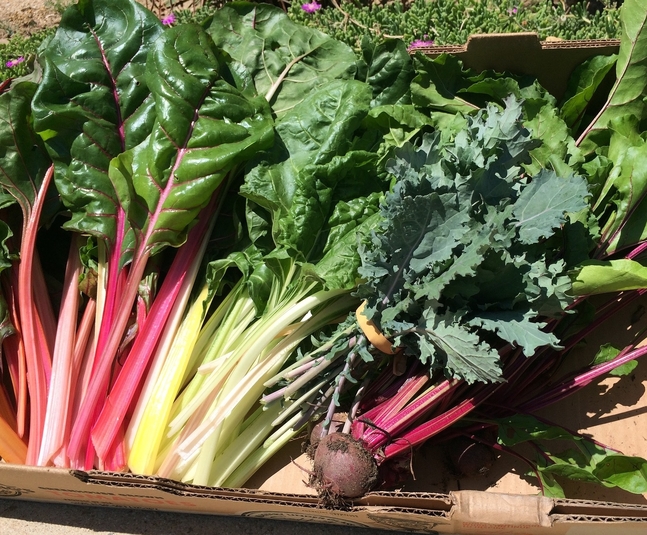Fruit Preparation for Making Jellies
The water bath is the simplest method for canning and is suitable for most high acid harvests, including fruit and pickled vegetables.
Free Printable Pressure Canning Steps in PDF
The following instructions are for water bath canning the follow fruits, then how to process them in five easy steps!
How to Prepare Each Fruit
Apple
Wash, stem and cut into chunks. (Do not core.) Combine apples and three cups of water in a stainless steel or enameled Dutch oven. Cover and simmer for ten minutes. Crush and simmer five more minutes.
Berries
Wash. Crush one layer at a time with a potato masher in a stainless steel or enameled Dutch oven. Cover and bring to a simmer. Simmer five minutes.
Free PrintOut of
Cherries
Dark Sweet Cherries
Remove stems. Pit and chop. Cover and bring to a simmer in a stainless steel or enameled Dutch oven with six tablespoons of water and two tablespoons of lemon juice. Simmer ten minutes.
Tart Red Cherries
Remove stems. Pit and chop. Cover and bring to a simmer in a stainless steel or enameled Dutch oven with six tablespoons of water. Simmer ten minutes.
Currants
Wash. Crush one layer at a time with a potato masher in a stainless steel or enameled Dutch oven. Cover and bring to a simmer with ten tablespoons of water. Simmer for ten minutes.
Grapes
Wash. Crush one layer at a time with a potato masher in a stainless steel or enameled Dutch oven. Cover and bring to a simmer with ten tablespoons water. Simmer ten minutes.
Plums
Halve, pit and finely hop. Cover and bring to a simmer with ten tablespoons water in a stainless steel or enameled Dutch oven. Simmer ten minutes.
Strawberries
Wash. Crush one layer at a time with a potato masher in a stainless steel or enameled Dutch oven. Cover and bring to a simmer. Simmer five minutes.
Step 1
Prepare chosen fruit according to the chart above. Pour prepared fruit mixture through a wire mesh sieve lined with three layers of damp cheesecloth into a bowl.
Let drain two to four hours or until juice measures three cups. To avoid cloud jelly, do not press of squeeze fruit mixture.
Step 2
Combine fruit juice and four tablespoons of Ball Classic Pectin in a large stainless steel or enameled saucepan. Bring the mixture to a rolling boil that cannot be stirred down over high heat, stirring constantly.
Combine fruit juice and four tablespoons of Ball Classic Pectin in a large stainless steel or enameled saucepan. Bring the mixture to a rolling boil that cannot be stirred down over high heat, stirring constantly.
Step 3
Add three and one third cups of sugar, stirring to dissolve. Return to a full rolling boil. Boil hard one minute, stirring constantly. Remove from the heat and skim the foam.
Add three and one third cups of sugar, stirring to dissolve. Return to a full rolling boil. Boil hard one minute, stirring constantly. Remove from the heat and skim the foam.
Step 4
Ladle hot jelly into a hot jar, leaving one quarter inch headspace. Place jar in boiling water canner. Repeat until are jars are filled.
Ladle hot jelly into a hot jar, leaving one quarter inch headspace. Place jar in boiling water canner. Repeat until are jars are filled.
Step 5
Process jars for ten minutes, adjusting for altitude.
Process jars for ten minutes, adjusting for altitude.
~~~~~~~~~~~~~~~~~~~~~~~~~~~~~~~~~~~
Water-bath canning, also called boiling water bath, is the easier method of canning that lets you store homemade jars of jam, pickles, and tomato sauce.
So if you're canning your own home grown fruit or taking advantage of those sales, by processing your fruits, you can lock in the fresh flavor for a full year and longer!
~~~~~~~~~~~~~~~~~~~~~~~~~~~~~~~~~
Other Canning Articles:
15 Common Questions Answered About Canning
Pressure Canning Check List of Items Needed Printable
The Role of Vinegar in Canning
The Importance of Headspace in Canning
Signs of Spoilage in Home Canned Foods
Prep for Making Fruit Jellies and Five Steps to Waterbathing
Why Canning Jars Break
Reasons for Loss of Liquid in Canning - Siphoning
Canning Jar Sizes and Their Uses
Reasons Canning Jars and Contents Darken
Reasons for Loss of Liquid in Canning - Siphoning
Canning Jar Sizes and Their Uses
Reasons Canning Jars and Contents Darken










































